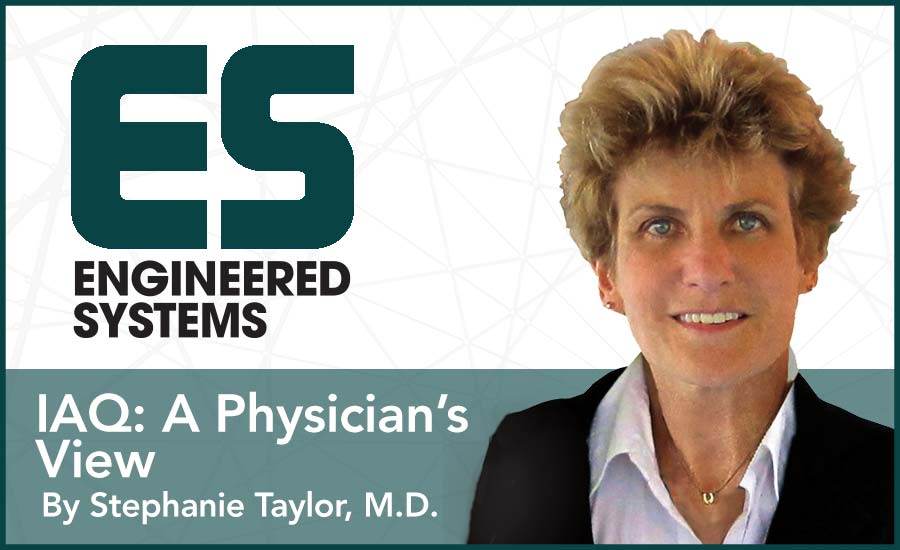Many of you are probably still digesting the innovations and systems described at the 2016 AHR Expo and ASHRAE conference, perhaps feeling awed by new technologies in building automation, green building, indoor air quality, BIM technology, smart buildings, and other new innovations. An air conditioner that walks behind you, phone apps that allow you to control vents, smart buildings, 3-D printed air-conditioning units, computers that are your heating systems — the list is endless.
While continuing to learn about new systems, how can we keep the innovator in us alive and well, maintaining an open mind and fresh eyes so that we don’t become part of the silo problem so frequently found in highly educated, specialized professions? In this era of rapidly developing innovations, it is easy to think, “Everything has already been invented.” Despite these brilliant new technologies, however, every industry has room for improvement, including HVAC systems.
Sometimes moving forward means using less technology or using systems in a very different way. For example, our long-time columnist and chronic forward-thinker Howard McKew, P.E., is featured in “Ripley’s Believe It or Not” as the design engineer for the world’s largest thermos bottle. After the 1979 energy crisis, fuel costs for heating and cooling in commercial buildings were carefully monitored. In 1985, while the design engineer of Boston’s Shooshanian Engineering Associates, McKew envisioned “bring your own heat” for the new Transportation Building in Boston’s theater district. For this project, he designed a chiller/heat exchanger system that did not have a fossil fuel furnace, the first public building without a backup energy source. His innovative design used heat generated by employees and machinery in the core of the building to warm the outer offices.
Despite vast fluctuations in New England weather, this 1million-sq-ft building was comfortable in both winter and summer while not wasting a single Btu. In addition to ongoing fuel savings, the initial construction costs of the system were 10% less than a conventional heating system would have been. Pretty cool!
Another example of moving forward by rethinking existing policies is the recurrence of using natural ventilation in addition to conditioned air. Hermetically sealed buildings, another consequence of the 1970s energy crisis, have resulted in occupant respiratory problems from overly dry indoor air, off-gassing from VOCs, and inhalation of contained fine particulate matter. The benefit of natural ventilation in commercial buildings and hospitals is now a well-known area of research.
Here are some of the strategies which help me maintain an open mind, ready for innovation!
1. Talk to professionals in different fields. For example, the safety strategies from aviation have been successfully applied to hospital operating suites. The whole checklist movement probably originated with grocery shoppers!
2. Consider your experiences. What works and what doesn’t work in your own indoor environment? Inventions often come from recognizing a need and figuring out how to satisfy it in a more efficient way.
3. Read about the big picture from the perspective of other industries. For example, what problems are patients experiencing in the hospital that could be contributed to by indoor air?
4. Learn about biology. What strategies do fish use to extract oxygen from water? How do plants respire? Are there any components that you can apply to your own area of work? The unique self-cooling mounds of African termites inspired the design of the commercial Eastgate Centre in Zimbabwe. This large complex stays comfortable year-round with no conventional air-conditioning or heating systems, thus conserving much energy.
5. Mow your lawn. I get my best ideas while pushing a 22-in lawn mower repetitively over several acres of grass each week — during the summer.
Turn your day-to-day experiences into innovative ideas, and we will see you at the 2017 AHR Expo! ES





